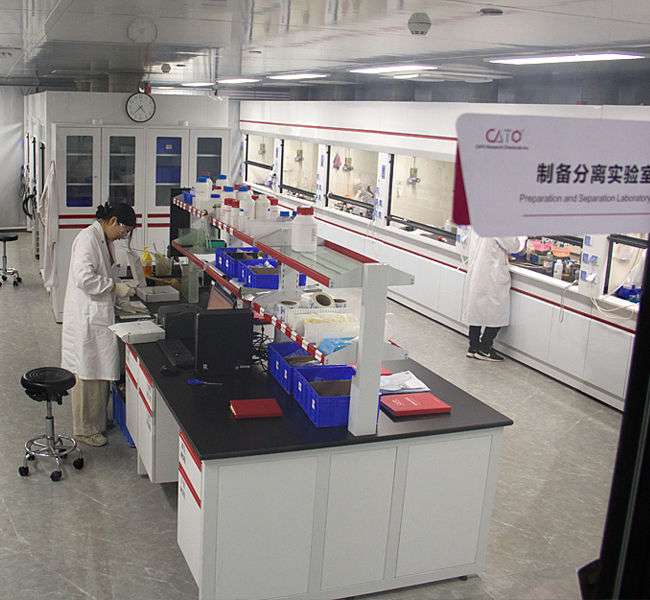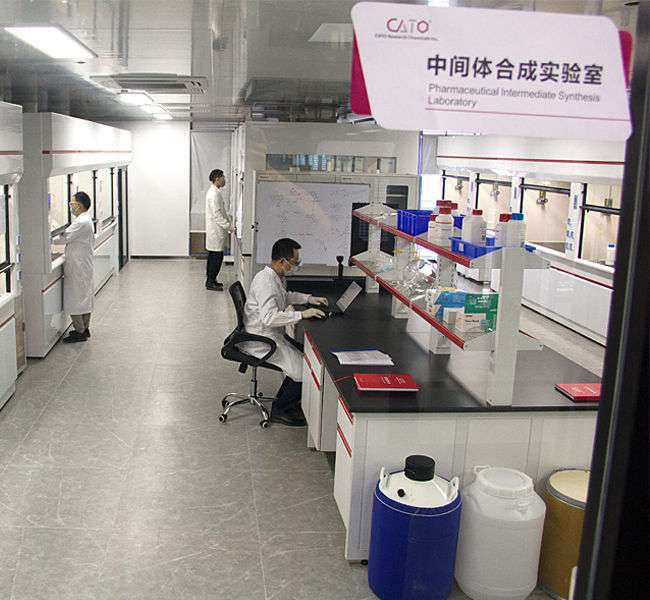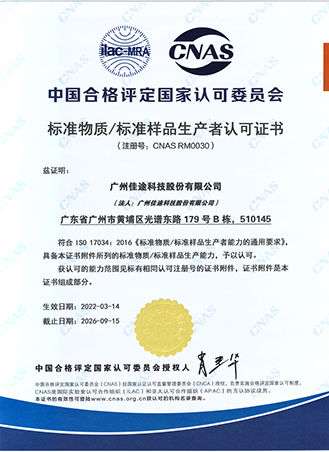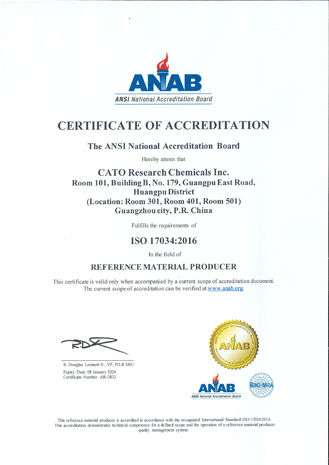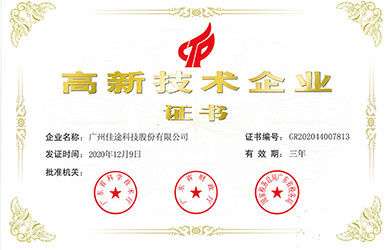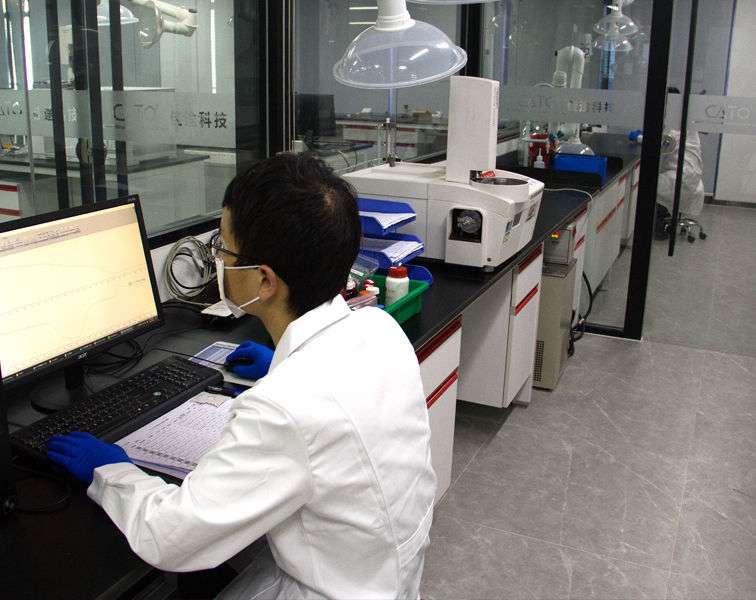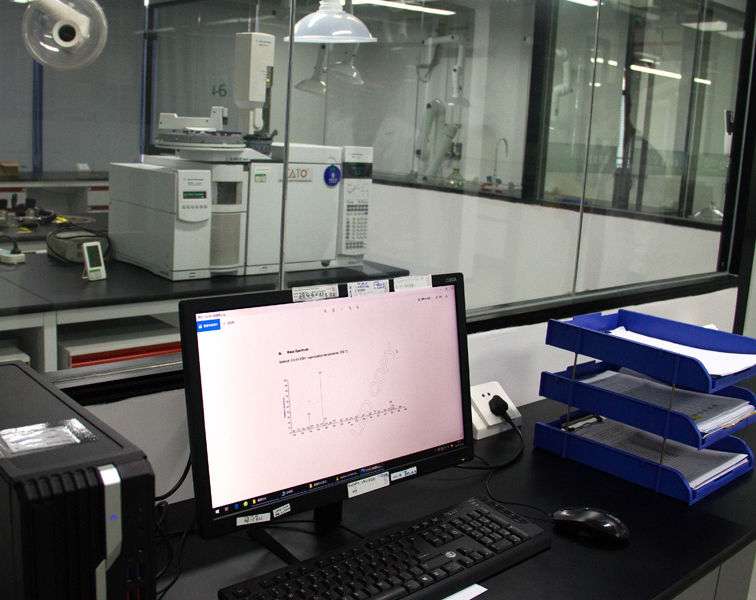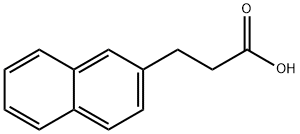2-Hydroxy-4-methyl-3-nitropyridine: Technical Guide & Applications
Table of Contents
1. Product Overview & Specifications
2-Hydroxy-4-methyl-3-nitropyridine (CAS 123-45-6) is a nitropyridine derivative widely used in pharmaceuticals, agrochemicals, and organic synthesis. Below are its key specifications:
| Parameter | Specification | Competitor A | Competitor B |
|---|---|---|---|
| Molecular Formula | C6H6N2O3 | C6H5NO2 | C7H7NO3 |
| Purity | ≥99% | ≥98% | ≥97.5% |
| Melting Point | 145-147°C | 130-135°C | 140-142°C |
Advantages: Higher thermal stability, superior solubility in polar solvents.
2. Key Applications
- Pharmaceutical Intermediate: Synthesize antiviral agents (e.g., HIV protease inhibitors).
- Catalyst: Accelerate Suzuki-Miyaura coupling reactions.
- Agrochemicals: Precursor for herbicides and fungicides.
- Dye Manufacturing: UV-stable chromophore component.
3. Usage Guidelines
3.1 Drug Synthesis
- Dissolve 2 g in 50 mL DMSO under nitrogen.
- React with 1.2 eq bromoacetophenone at 80°C for 4 hrs.
- Purify via column chromatography (hexane:EA = 3:1).
3.2 Catalytic Reactions
- Use 5 mol% in Pd-catalyzed cross-couplings.
- Optimize at 60°C with K2CO3 base.
4. Case Studies
Case 1: Antiviral Drug Production
A PharmaCo reduced reaction time by 30% using our compound vs. traditional catalysts.
Case 2: Herbicide Development
AgroFirm achieved 92% yield in chloropyridine synthesis under mild conditions.
5. Client Success Stories
PharmaSynth Inc. (USA)
Challenge: Low yield (55%) in kinase inhibitor intermediate.
Solution: Switched to our 99% pure batch.
Result: Yield increased to 82% with 99.5% HPLC purity.
ResearchLab Co. (Germany)
Challenge: Catalyst degradation at >100°C.
Solution: Implemented our thermal-stable product.
Result: 200+ cycles without performance loss.
6. Request a Quotation
Email: info@vivalr.com
Tel: (86) 15866781826
Why Choose Us?
- Batch-to-batch consistency
- ISO 9001-certified production
- 24/7 technical support




